Why Lower Napa Valley Is Now The Hottest Spot In California Wine Country
Forget what you think you know about Napa, because the soul of the valley has shifted south.
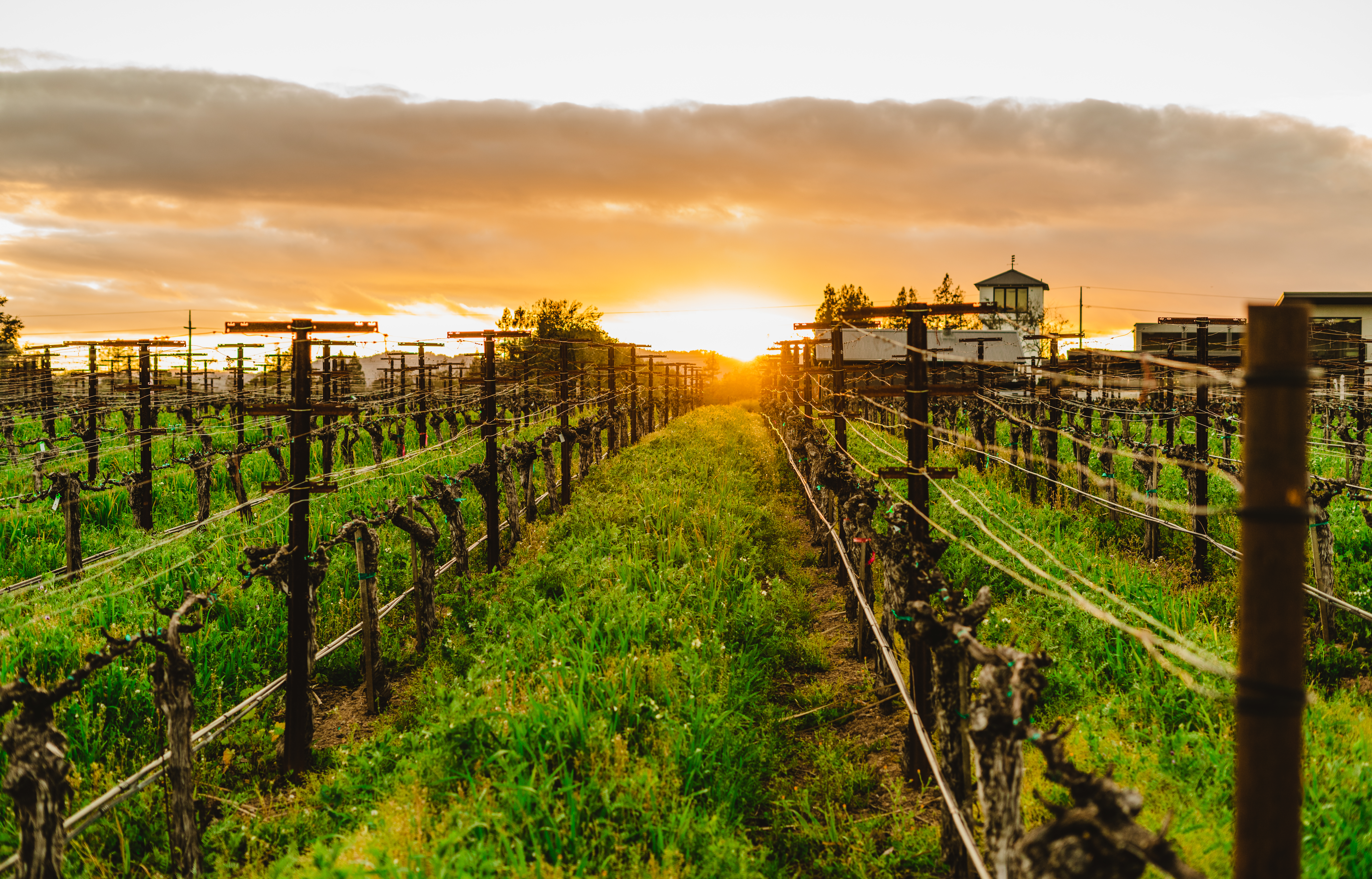
Over the past few years, the heartbeat of the Napa Valley has shifted southward from places like St. Helena and Yountville to the slopes and foothills north of the town of Napa—a city that not all that long ago was something visitors ignored on the way to tonier spots to the north. But new vineyards in the area, new restaurants, and slightly more affordable housing has shifted the axis of energy in the Napa Valley. If you want to feel the new pulse of Napa, this is where you want to be.
I got my first real introduction to Napa Valley as a bartender at the Chateau Marmont hotel in Hollywood. As a bartender at a high-end California hotel, I naturally poured a hell of a lot of Napa wine. And in order to do that without making a fool of myself, I sat through many tastings that I resented getting out of bed for in my twenties, but which I now realize were an incredible opportunity for free wine training.
But back in the early 2000s, any time I’d ask a winemaker or wine sales rep about visiting Napa, I always got the same advice: avoid the town of Napa on your way up the valley to the real Napa. Like any noob wanting to assert my lack of noob-ness, I adopted any pro-grade snobbery I could. But after spending a week recently in and around the town of Napa, that advice has flip-flopped—if you want to do Napa like the locals and avoid the tourist crowds, stay down-valley and explore the city of Napa.
Getting There
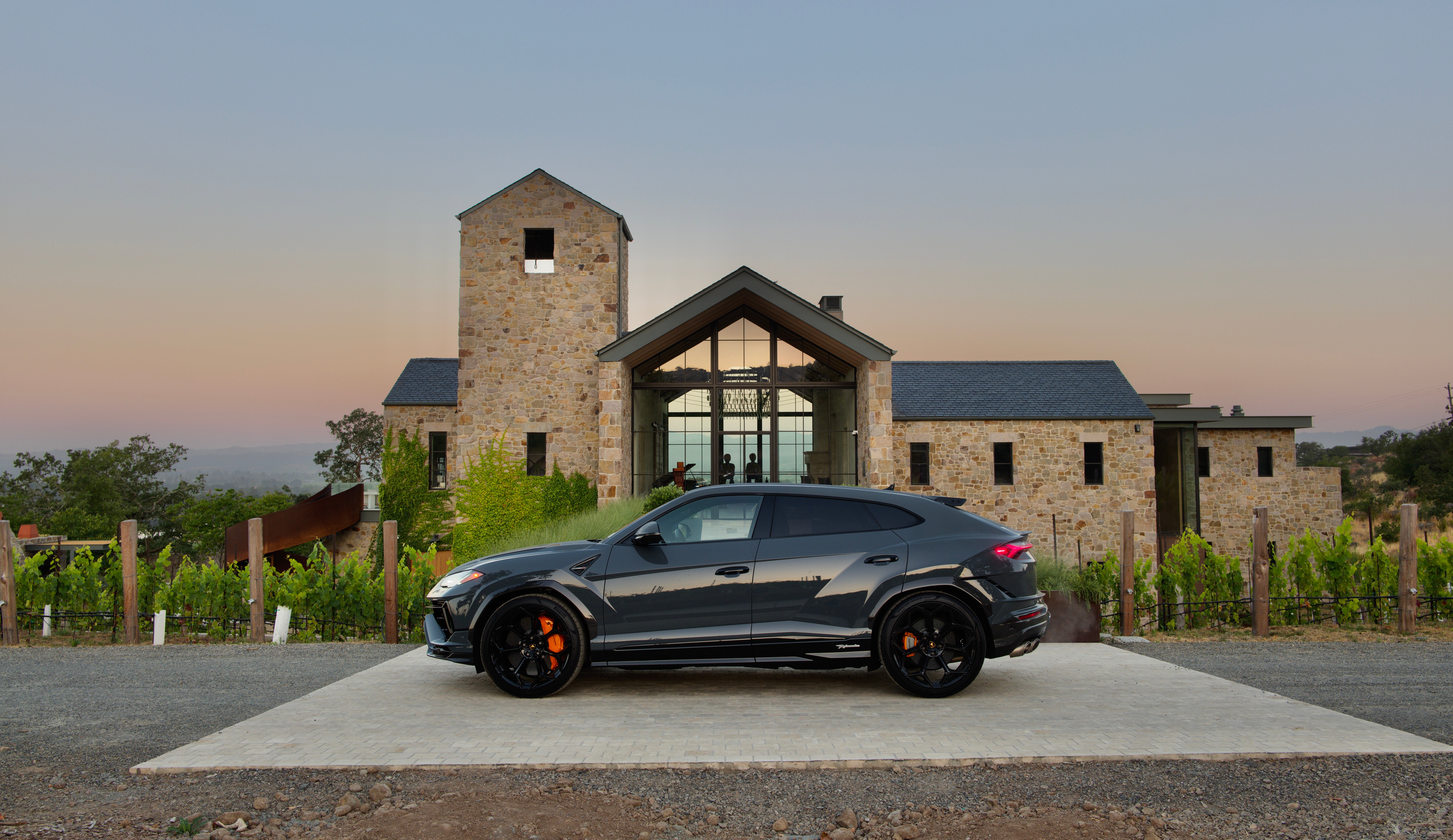
We landed at SFO and had a Lamborghini Urus Performante waiting for us to test drive en route to the Napa Valley. The Urus was a nice boost of confidence for venturing into a valley that humbles multi-millionaires. The common wine world adage still holds true: “How do you make a little money in the wine business? Start out with a lot of money.”
Running on old instincts of my past trips to Napa, I headed to lunch at Bouchon Bakery in Yountville—a Thomas Keller joint a stone’s throw from The French Laundry. A decade ago, the bakery felt like the heart of the Napa experience to me. But as my wife and I approached it to find a cluster of selfie-taking tourists buying pricey bags of macarons and not tipping the staff, I realized I had made the wrong move. The food was fine, but the experience reinforced what would become the thesis of this article—forget what you think you know about Napa, because the soul of the valley has shifted south.
Roy Estate
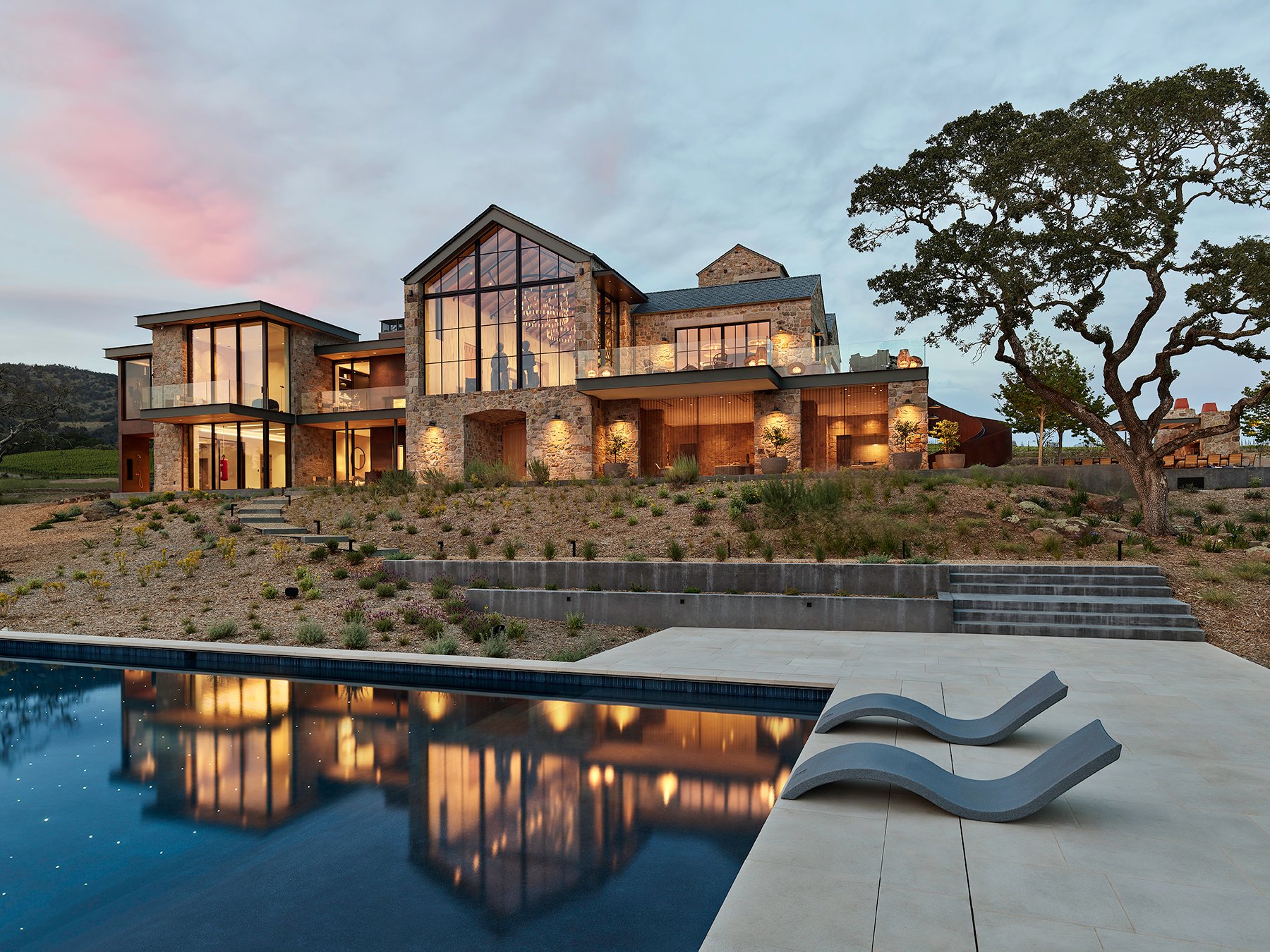
A large automatic wooden gate opened onto Roy Estate’s 17-acre vineyard. The Lambo roared in, and we followed a gravel road past vineyard workers pruning vines for the upcoming harvest. At the top of a hill stood the stunning La Résidence, a modern mansion of stone, glass, and steel that is equal parts home, hospitality space, and winery.
A good friend in the wine business once told me that the best wine producers aren’t the one with the biggest tasting rooms, or even public tasting rooms at all. That is certainly the case with Roy Estate, where tastings, private dinners, and overnight stays are handled by appointment.
The Urus’ engine announced our arrival, and Estate Director Bryan Zupon stepped out of his office in a modern outbuilding to show us to our quarters for the next two nights––a sleek ultra-modern studio with a wall of glass overlooking a vineyard. The studio, like La Résidence itself, is brand new. The vineyard and its main building were destroyed in the 2017 Atlas Fire, and everything had to be rebuilt. Mercifully, the fire did not destroy the vines themselves.
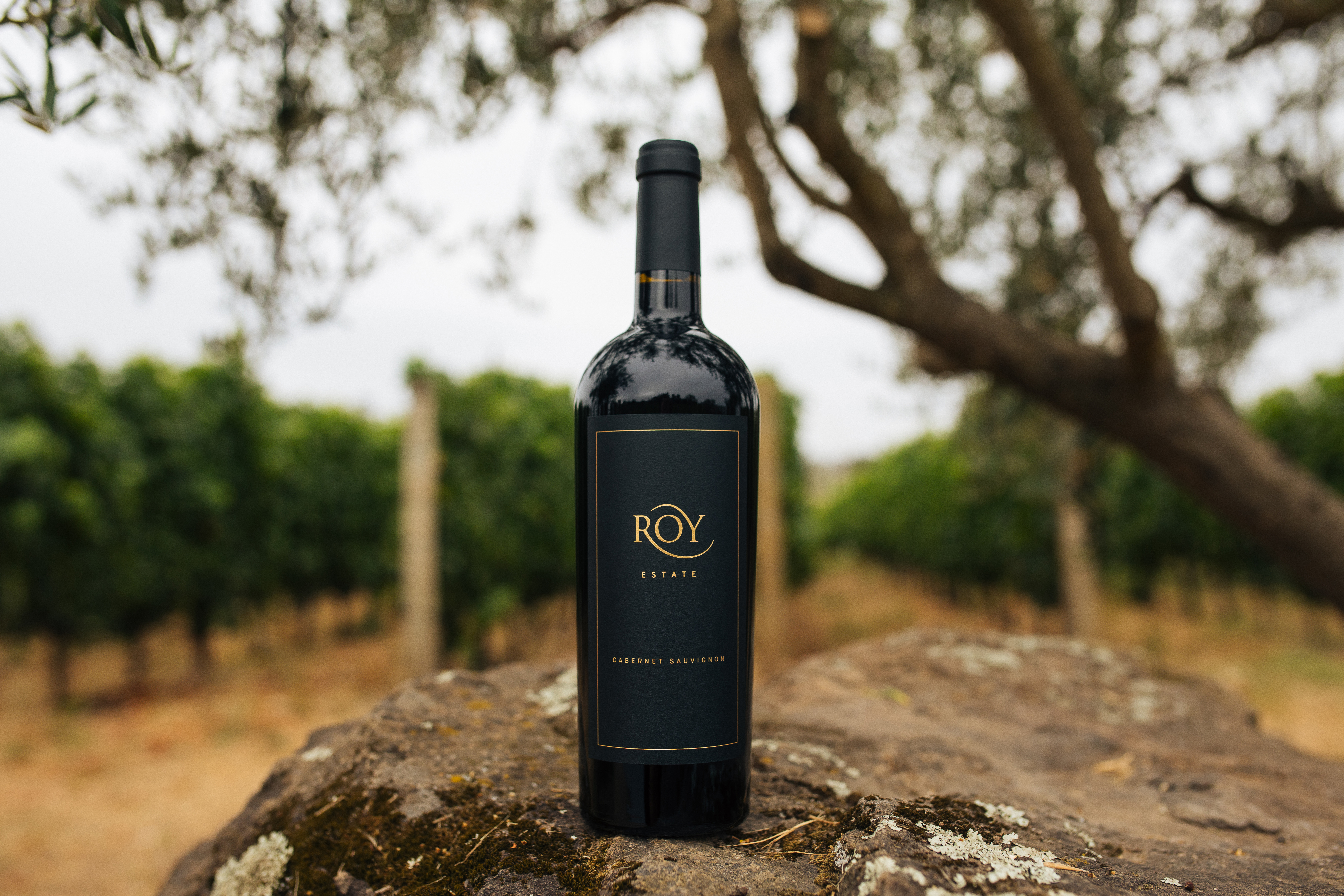
In a past life, this property was golfer Johnny Miller’s Double-Eagle Ranch—so-named for a shot in his breakout tournament in the 1970s. In 1999, the Roy family bought the ranch and began its life as a small producer of extremely high-quality wine. In 2017, the vineyard was purchased by husband and wife team Stephany Maillery and Stephan Crétier just before the Atlas Fire consumed the buildings. Crétier is the President and CEO of GardaWorld security corporation, the largest private security provider in the world. The French Canadian couple also recently purchased Napa’s Vine Cliff winery, in 2023.
Knowing I’d want to enjoy some Roy Estate wine that night without being responsible for a press-fleet supercar, my wife and I hopped into the back of Zupon’s convertible and headed to Scala Osteria in downtown Napa.
Opened in 2022, Scala is a prime example of the evolution of the city’s restaurant scene over the past few years. Sitting at a front window table in the bright, airy restaurant was perfect for people watching on the bustling sidewalk outside. We feasted on dishes like wood-fired clams, homemade ravioli, and Petrale Sole Piccata until long after the hostesses began hovering in hopes that we’d vacate the table. I finally had to be coaxed out by my wife with the promise of a Roy Estate cab nightcap waiting for us back at the vineyard.
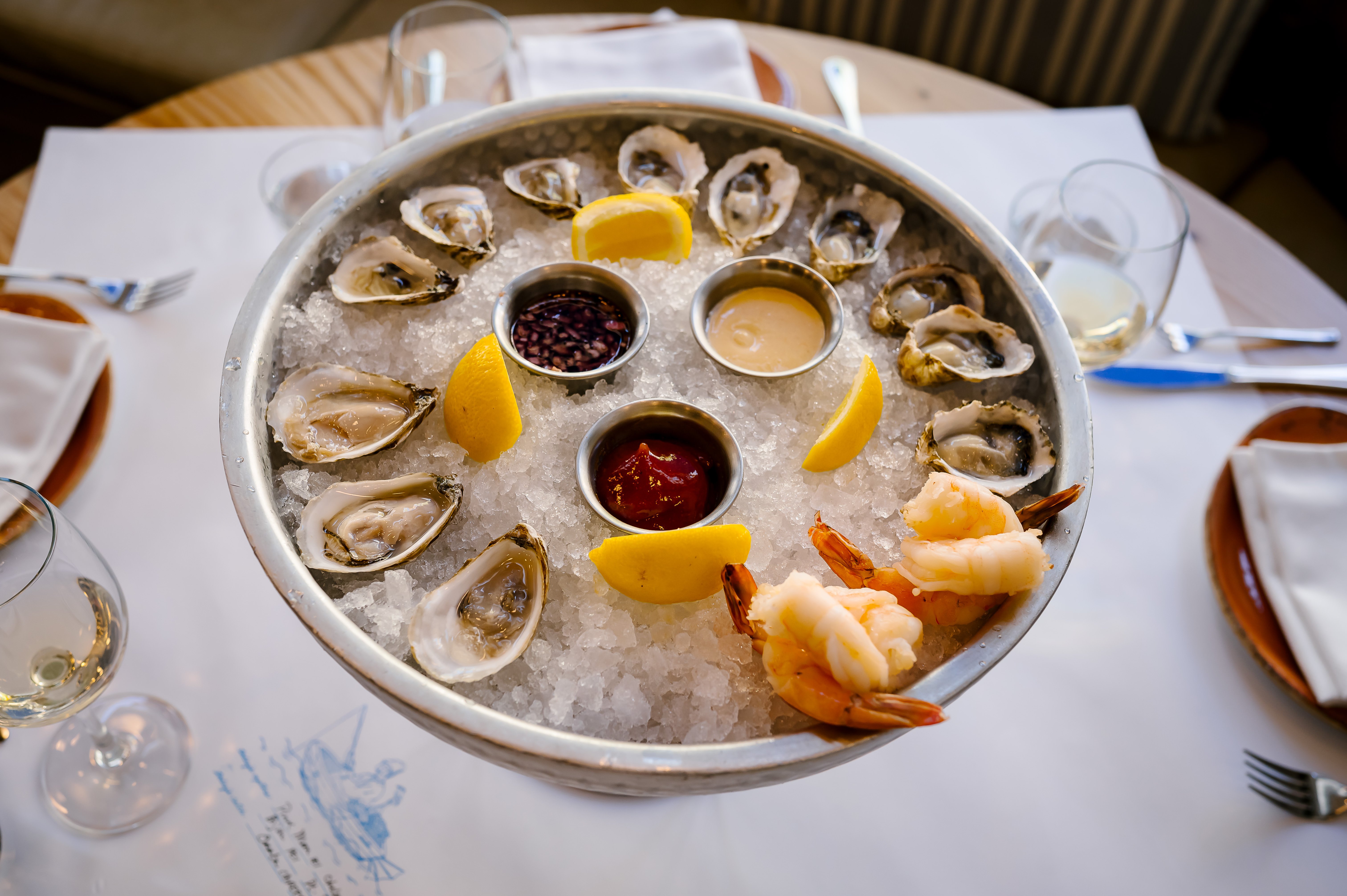
Day Two
Our second day began with a tour of the vineyards on foot—a hilly terrain with a mix of different soil types that create noticeable nuances in wines made from grapes grown as little as 10 feet apart. The fact that it’s all estate, single-vintage wine keeps the production small. But the 1,500 or so cases they do produce annually are all exquisite.
For lunch, Roy Estate Executive Chef Tom Stafford prepared an incredible meal with the best pork I’ve ever eaten, or may ever eat—Japanese Kurobuta that, like everything else that made its way into our four course meal, was hand-selected by Stafford.
We tasted through Roy’s range during the lunch. They describe their Cabernet Sauvignon Grand Cru as, “a pure and powerful expression of Napa Valley’s Best. Next was “Mr. Evans,” a Bordeaux varietal blend named for their next door neighbor, a well-known Napa local whose home was destroyed by the fire (only the hot tub, swimming pool, foundation, and chimney remain) but whose property has a sprawling and surreal sculpture garden that remained intact. Roy’s flagship cabernet is called La Rêveuse, and they only make 50 cases per vintage—every step by hand.
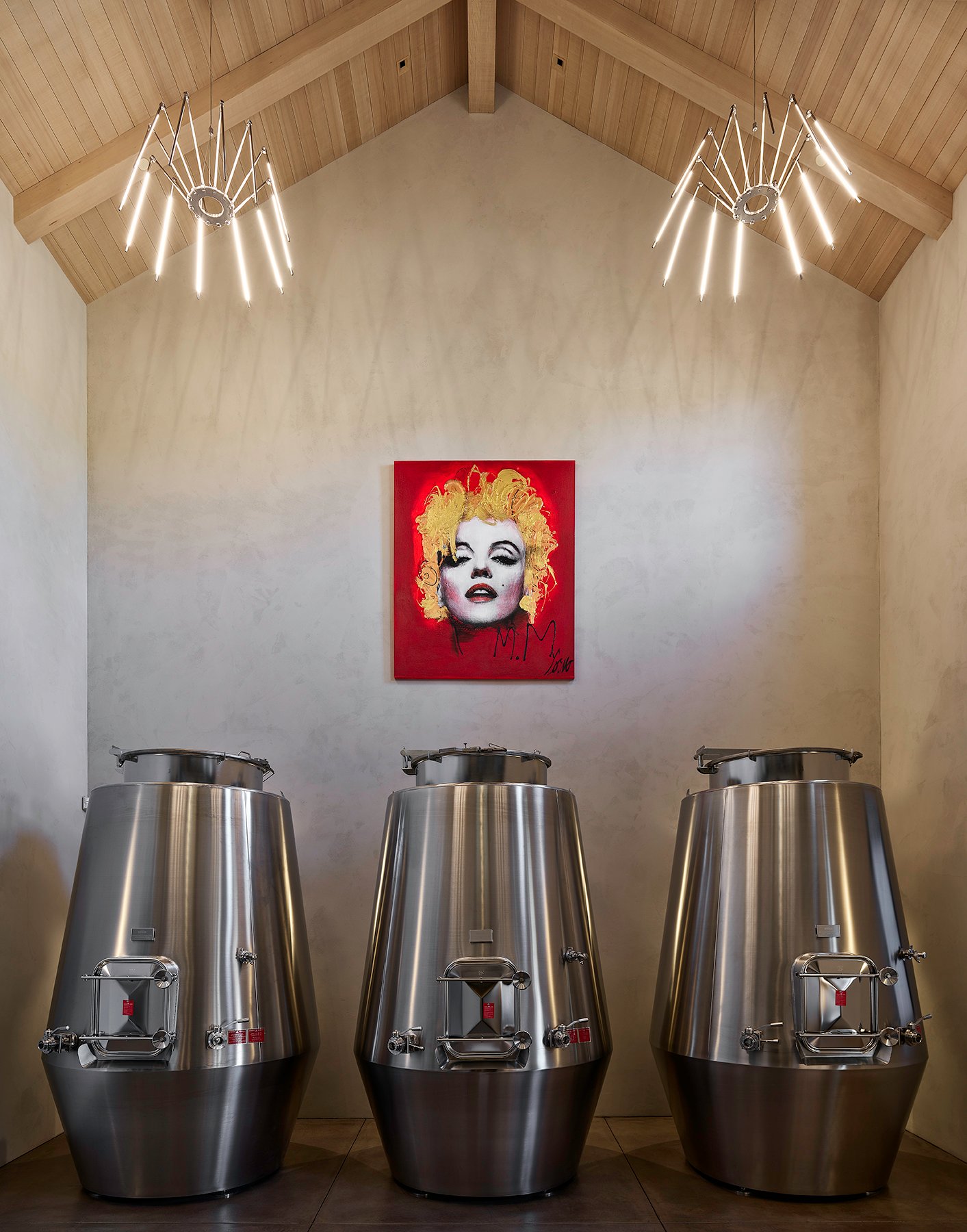
At dinner that night, we got a chance to sit down with Roy Estate’s winemaker, Philippe Melka, at another great Italian restaurant further up the valley, Ciccio. The restaurant is owned by Frank and Karen Altamura, whose Altamura wine I used to pour nightly when I bartended at Hollywood’s Chateau Marmont.
Guys like Melka are treated like rock stars in Napa, and they command serious fees to not just apply their knowledge but also their brand name to a wine—similar to a car manufacturer hiring a high-profile racecar driver. Winemakers like him work all the time, and even sitting across from me at dinner, Melka had the energy of a runner stopping for a cup of water mid-race.
It’s clear that sitting in one place is not his normal pace. He explained over dinner that, more and more, “there is no ‘one’ Napa,” and that despite its reputation for a specific kind of B.D.E. cabs, there are many different types of wine being made here now and different experiences to be had throughout the valley.
Day Three
With chef-grade breakfast sandwiches from Contimo in hand, we enjoyed one last stroll through the vineyard before heading out to visit some other nearby vineyards that are helping establish this part of the valley as one to watch in the wine world.
Our first stop was Ellman Vineyards, where we met proprietor Neil Ellman and General Manager Justin Vazquez. The South Africa-born Ellman is a third-generation mattress manufacturing magnate with big plans for the vineyard, including a tasting room that is under construction. Testament to Ellman’s vision for his wine is the fact that he’s hired Andy Erickson, another Napa rock star winemaker, with names like Screaming Eagle and Mayacamas under his belt. Vasquez walks us through a tasting of their flagship cabernet, their blends, and their sauvignon blanc––all as extraordinary as expected given the team involved.
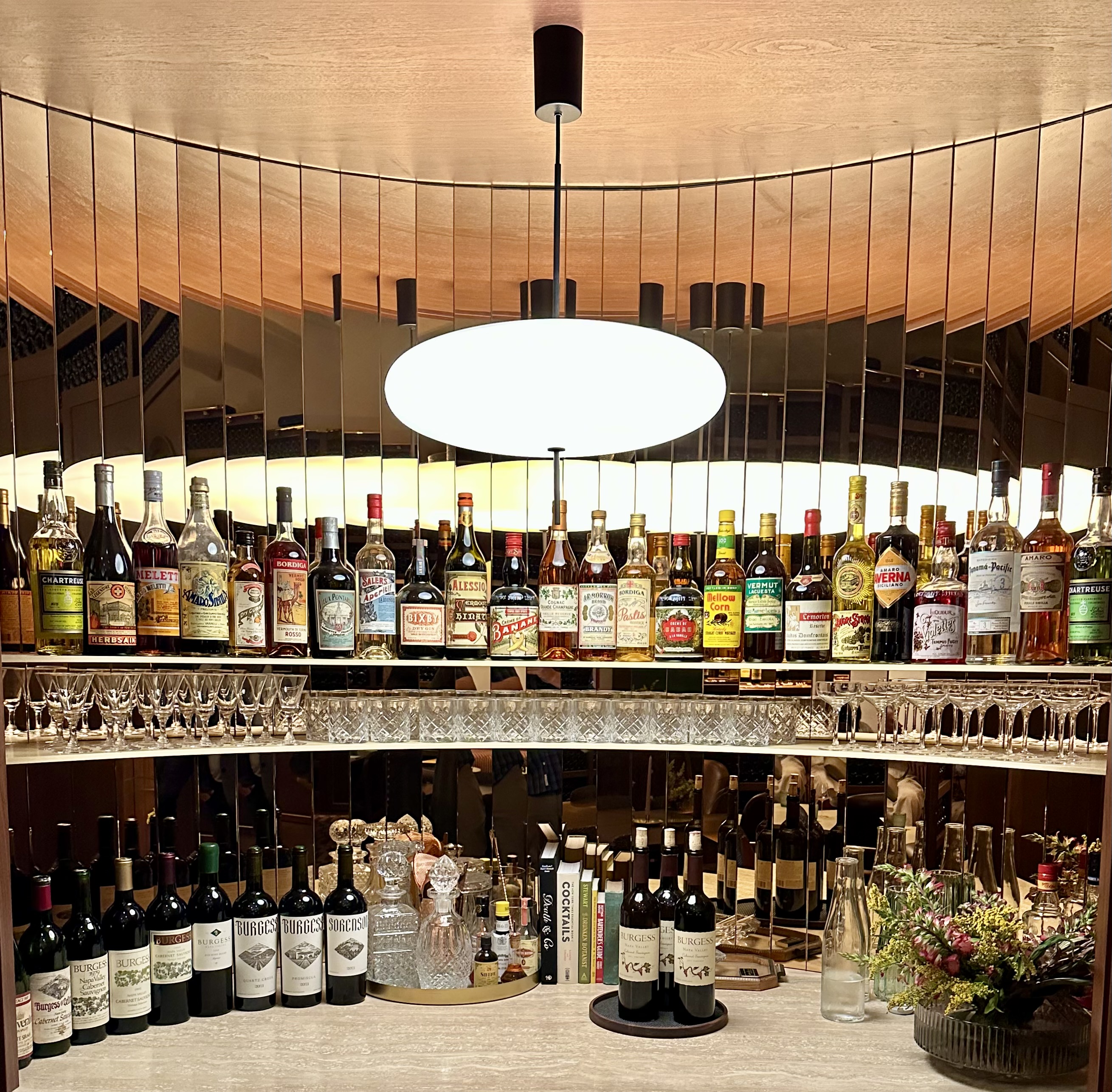
Our next stop was Burgess Cellars , which has another Phoenix story after being destroyed by the 2020 Glass Fire. After the fire, Burgess purchased the adjacent Luna Vineyards. They’ve rebuilt at Luna after the fire—a building with an elegant white and pastel tasting room and a wood-paneled private speakeasy in the back with a mirrored wine and aperitivo bar.
After drinking a 2011 cab from Burgess in the back room, we headed into the city of Napa to the Milliken Creek Inn. With a commanding water view at the juncture of the Napa River and Milliken Creek, the hotel makes the most of its water views. Even though it’s only a mile from the center of downtown Napa, it feels pastoral. On one side of the property are Zen gardens with fountains, and on the other side are chaise lounges overlooking the lush, undeveloped banks of the river.
A short Uber into downtown brought us to California Brandy House, a temple of the fine brandies being produced by Germain-Robin and Argonaut. Writing about booze has introduced me to both, and I have developed a particular love for Germain-Robin, which is made with an emphasis on using even better grapes than their French counterparts—Pinot Noir, Riesling, Viognier, Sémillon, and Colombard—and distilled in small batches in copper Alembic stills.
Tasting through the Germain-Robin range, and a few rare expressions that I’d never tried before, alongside charcuterie and chocolates while people-watching in downtown Napa was happy hour done right, but maybe an excess of decadence considering what was to come that evening.
A short walk around the corner brought us to Torc Napa, for what would be not just the best dinner of the trip, but one of the best meals I’ve ever had. Chef and owner Sean O’Toole came to the table after we sat down and told us not to order anything. He would be handling our menu, and his wife and business partner, Cynthia, would handle our wine pairings.
“We are going to hurt you,” he said with a cherubic grin.
O’Toole turned out to be a man of his word.
As course after course came and went—black truffle grilled cheese sandwiches, Himachi tartare, homemade agnolotti, prime filet, seared diver scallops—each course arriving with new wine selections from Cynthia. By the time we got to the Sauternes and house-made panna cotta, any thoughts of post-dinner plans had vanished. This would be a night to go back to the hotel and do nothing but bask in the decadence of our dinner.
Day Four
Our last winery stop was at another new vineyard helping put the lower Napa Valley on the map for serious wine collectors: Seven Apart. Seven Apart began with the purchase of the nearby Atlas Peak vineyard, in 2018, known for its dense soil studded with volcanic rock. It is very hard to reach at 1,475 feet above the valley floor, but it yields extraordinary wine.
Seven Apart’s managing partner Yannick Girardo met us down the hill from Atlas Peak at their Base Camp Vineyard, home to immaculate modern building for tastings, winemaking, and barrel storage. Dressed in a suit on a Sunday, Girardo is a Frenchman who you get the sense is always dressed in a suit. And he walked us through a tour of their Atlas Peak soil types through the wine it yields—a Shale Cabernet with a silky quality from the sedimentary shale, a dark and rich Basalt Cabernet, and their finest Summit Cabernet made from their highest-grown grapes.
That afternoon we went to the Oxbow Public Market, a gourmet food hall, for coffee at Ritual Coffee Roasters. After four days of tastings, we had gotten on a pendulum-swing schedule of wine and caffeine to keep us going strong. Neil Young was in town playing a show, and we had big plans to get tickets that died on the hill of Ticketmaster roadblocks.
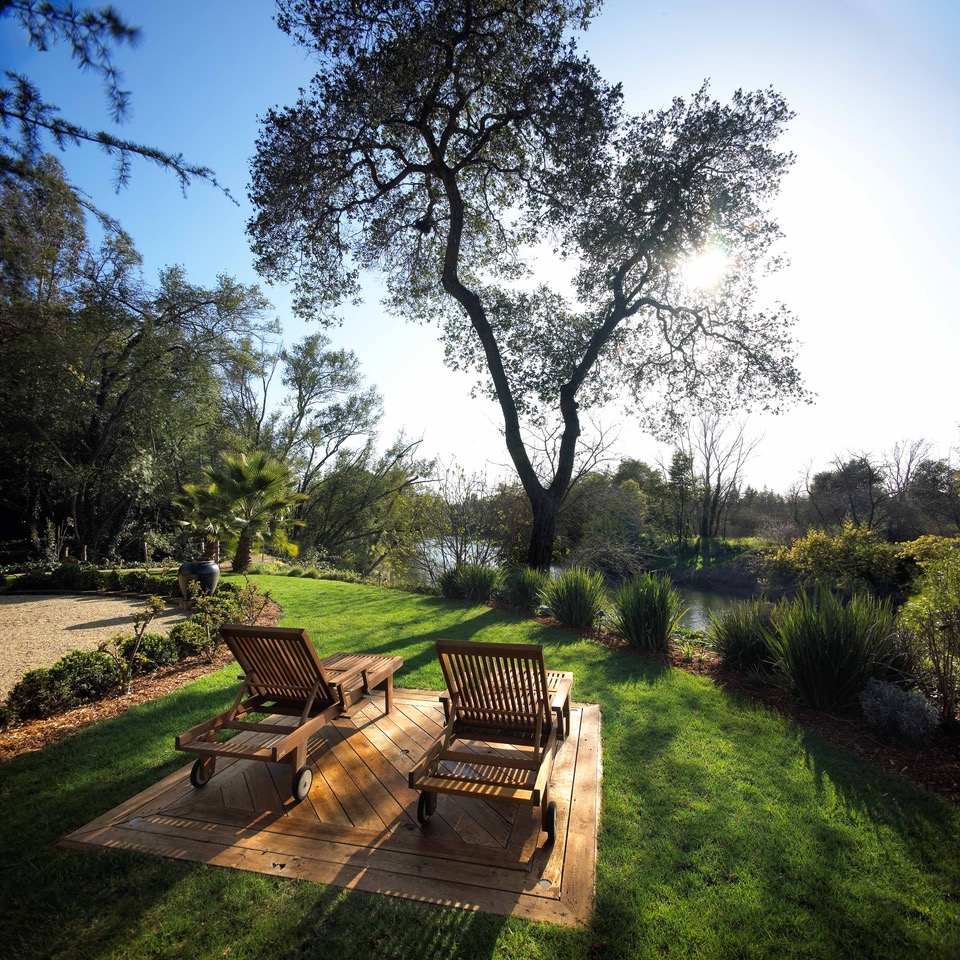
After a happy-hour wine tasting at the Milliken Creek Inn with a wild couple from Texas, we retired to our hotel room that was well-stocked with wine, and realized we could hear Neil’s voice echoing towards up the river.
We sat in a pair of chaises overlooking the water as the sun set, washing down takeout Thai with some of the best Napa Cab I’ve ever had. Picnicking by the river while listening to the faint sounds of Young singing “Down By The River,” we may have been a long way from The French Laundry or the venerable vineyards of Oakville, but there was nowhere else that we’d rather be.
